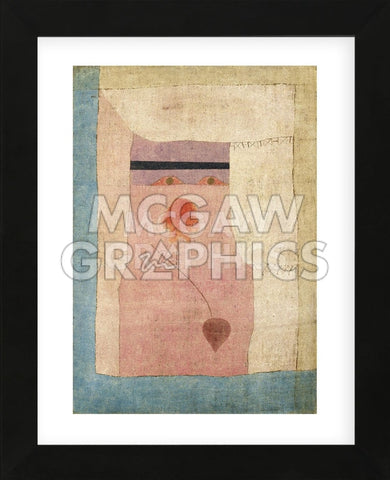Product Detail
- Overall: 16" H x 13" W x 0.75" D
- Overall Product Weight: 2.5lb.
- Material: Glass
- High-quality print on heavy paper
- Printed with vibrant, color-fast inks
- Framed in a contemporary style molding; available in black, gold, and white
- Sawtooth hanger
- Unmatted
© 2025
Artists Rights Society (ARS), New York / VG Bild-Kunst, Bonn
Product Detail
- Overall: 16" H x 13" W x 0.75" D
- Overall Product Weight: 2.5lb.
- Material: Glass
- High quality print on heavy paper
- Printed with vibrant, color-fast inks
- Framed in a contemporary style molding; available in black, white, and gold
- Sawtooth hanger
- Unmatted
About the Artist
Paul Klee (born Dec. 18, 1879, Münchenbuchsee, Switz. — died June 29, 1940, Muralto) was a Swiss painter. After studies in Germany and Italy, he settled in Munich, where he became associated with Der Blaue Reiter (1911). He taught at the Bauhaus (1920 – 31), then at the Düsseldorf Academy. He lost his post when the Nazis came to power in 1933 and returned to Switzerland. One of the foremost artists of the 20th century, he belonged to no movement, yet he assimilated and even anticipated some of the major artistic tendencies of his time. Using both representational and abstract approaches, he produced some 9,000 paintings, drawings, and watercolours in a great variety of styles. His works, which tend to be small in scale, are remarkable for their delicate nuances of line, colour, and tonality. In Klee's highly sophisticated art, irony and a sense of the absurd are joined to an intense evocation of the mystery and beauty of nature. Music figures prominently in his work — in his many images of opera and musicians, and to some extent as a model for his compositions. But literature had the greater pull on him; his art is steeped in poetic and mythic allusion, and the titles he gave to his pictures tend to charge them with additional meanings. His late paintings, anticipating his approaching death, are among his most memorable.





